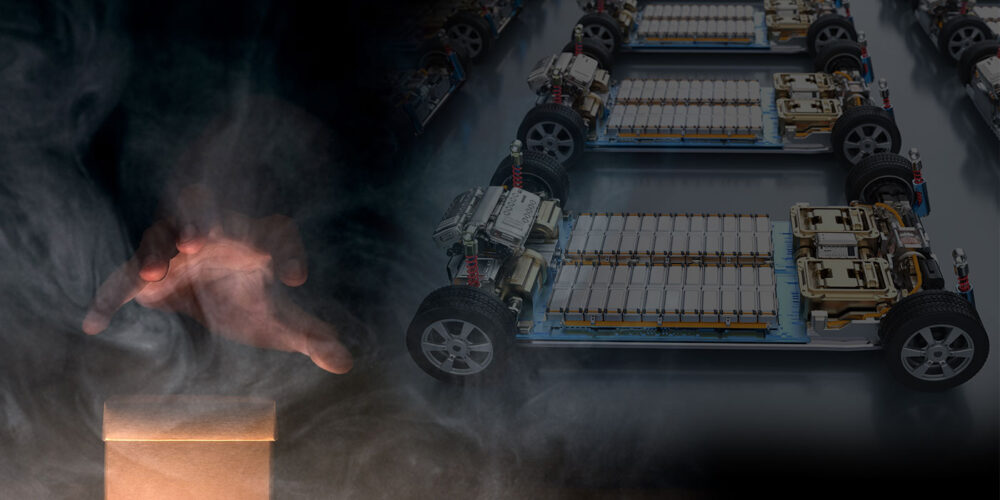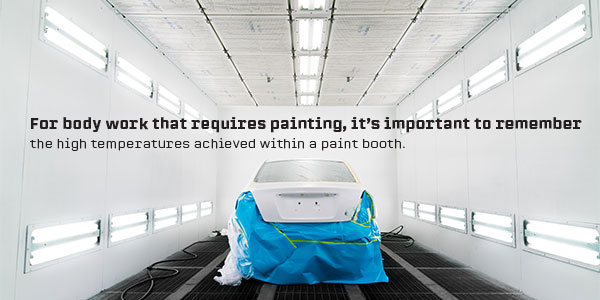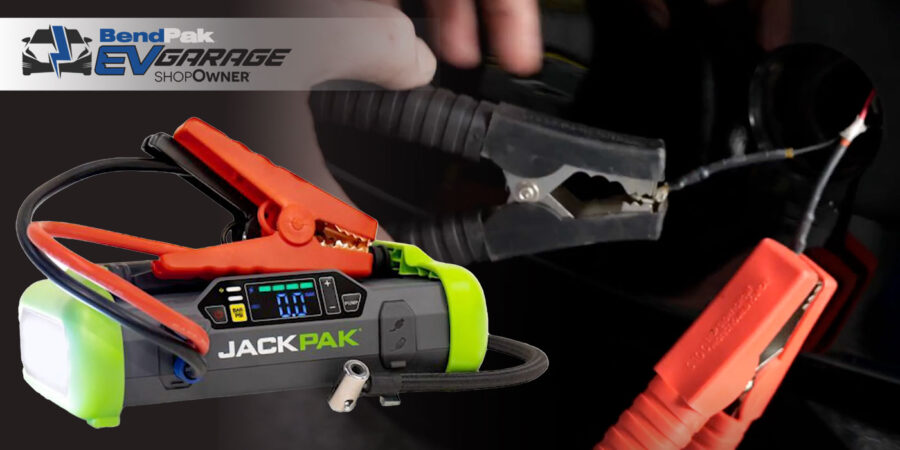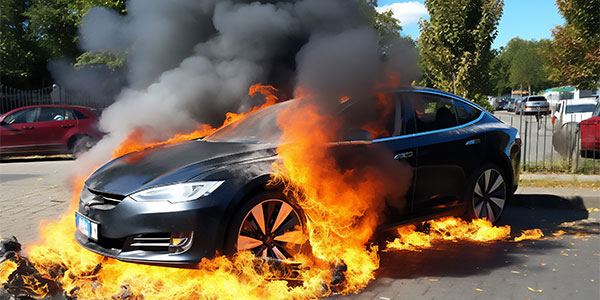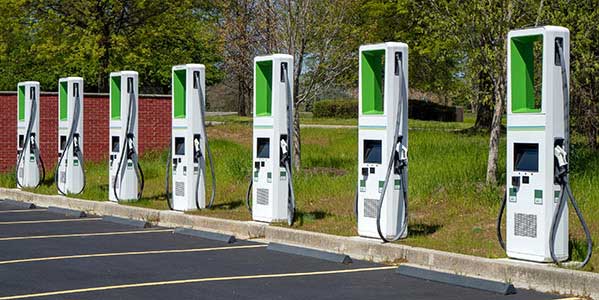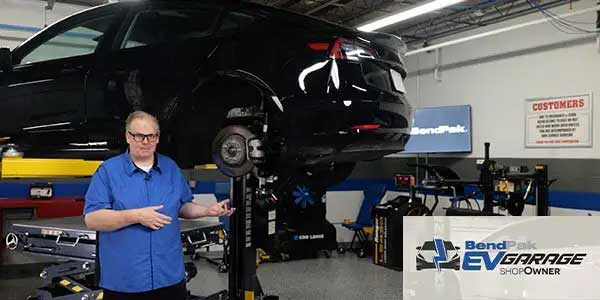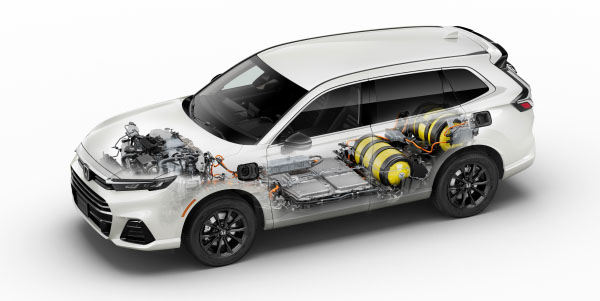Throughout the past several months, I’ve developed a series of articles with my team on some of the hottest topics related to repair considerations for electric vehicles (EVs). As we embark on a new year, it’s a great time to assess your EV knowledge and confidence, particularly surrounding the handling, storage and disposal of EV batteries.
Pandora’s Box
The consensus is that EVs are here … and here to stay. As the volume of EVs entering your bay will continue to increase, so too will the repair considerations you’ll need to make — most notably, the EV battery.
Let’s outline some key considerations for the proper/safe handling, storage and disposal/recycling of batteries. Please note: This information does not replace OEM repair procedures, which are customized for nearly every single make and model of vehicle.
Hot and Cold
The “sweet spot” temperature for an EV battery is approximately 70 to 75 degrees Fahrenheit. In normal operations, EVs are wired to fluidly maintain temps. In colder weather, the vehicle’s heating system kicks in, heating water which, in turn, flows to warm the battery. Likewise, in hot weather, the vehicle’s AC compressor cools water via a component called the “chiller,” helping to keep the battery temperature lower.
When a vehicle comes in for repair, most often the battery has been disconnected (or removed) and the low-voltage system (12-volt) is disconnected. In this case, there is no vehicle communication between the control units, and the internal temperature mechanism for the battery is not connected.
For repairers, the first and most critical step is to check the OEM guidelines (provided a battery has been properly tested to ensure there is no damage).
For body work that requires painting, it’s important to remember the high temperatures achieved within a paint booth, especially during the curing of the paint. Battery temperature and time limits can be different from one manufacturer to the next — and even from one model to another within the same manufacturer! To help the industry with variations in temperatures, I-CAR’s Repairability Technical Support (RTS) portal will soon display a master list that describes maximum vehicle battery temperature and time compared to paint curing temperatures and times. Case in point: Some OEMs specify complete removal of the battery, while others provide specific instructions on maximum temperature/time for painting. Again, check the OEM guidelines.
The ongoing parts shortage is a stark reality for EV repair. Some vehicles may sit on the lot for weeks or months waiting for parts, giving the battery the opportunity to experience swings in temperatures with likely no or few systems designed to regulate temperature. This consideration can get lost in the shuffle when a vehicle is “out of sight, out of mind.” It’s a good reminder to think about what’s happening under the vehicle — and to think through various temperature implications to ensure safe battery handling.
Battery Storage
Any removed battery requires special storage. The optimal scenario would be a storage/building outside your facility that’s temperature-controlled and has a ventilation system. Current National Highway Transportation Safety Administration guidelines suggest 50 feet of separation between a stored battery and a building or another vehicle.
Ventilation is very important for EV batteries; there must be ventilation around the battery, including underneath it. When a high-voltage battery is damaged, it can leak fluoride gas, which is heavier than air, causing it to sink and not rise. This gas is highly flammable, and this situation can be created by a chemical reaction in the battery cells before a thermal runaway (or high-voltage battery fire) occurs.
Disposal/Recycling
Disposal of batteries and battery parts is determined by the vehicle manufacturer, which underscores why it’s critical for techs to refer to manufacturer guidelines at the start.
EV batteries consist of many cells packed together into modules, and the number of modules per battery differs by vehicle model. Some manufacturers allow for replacement/repair of single cell(s). Others require replacement/repair of a module, while still others require replacement of the entire battery. Removing or replacing single cells is considered working under “live conditions,” and due to the extreme risks involved, this requires a highly-educated technician.
Full battery replacement can require shipping to a recycling facility; some manufacturers have their own (e.g. Volkswagen/Audi in Germany). Other OEMs require sending the old battery to the dealership, and some provide their own fire-protective recycling containers for shipping — classified as high-risk shipping “Class 1.”
Summary
As you can see, there are many considerations to take when repairing EVs and addressing their batteries. Always refer to the OEM repair procedures before embarking on a repair.

